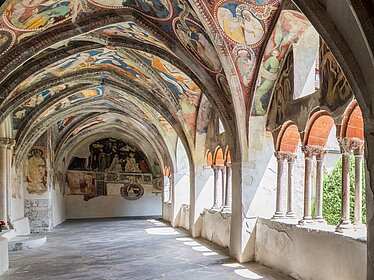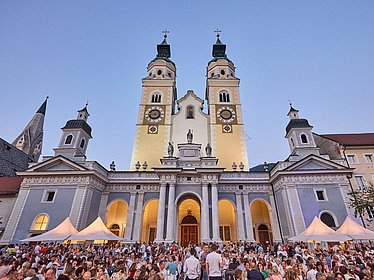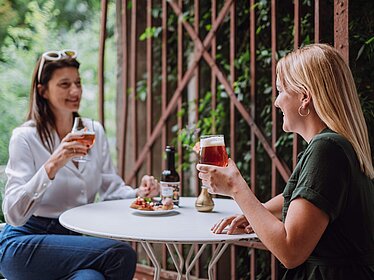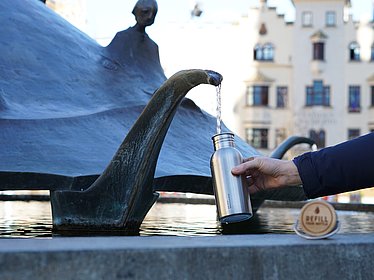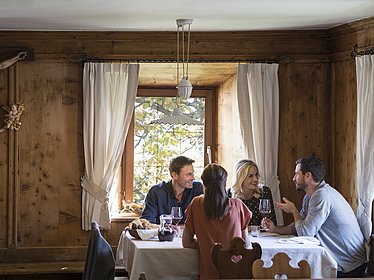Exploring the great outdoors
Urban Vibes
A feast for the senses
My holiday
Menu
Exploring the great outdoors
-
Exploring the great outdoors
- Bike
- Hiking and walking
- Skiing and winter sports
Menu
Urban Vibes
-
Urban Vibes
- Vibrant old town
- Art and culture
- Shopping
- Water
Menu
A feast for the senses
-
A feast for the senses
- White wine
- Local products
- Törggelen harvest festival
- Dining
Menu
My holiday
-
My holiday
- Brixen as a holiday destination
- Arrival and local travel
- The latest from Brixen
- Events
- Holidaying in Brixen
- Home
- A feast for the senses
- White wine
- Winegrowing
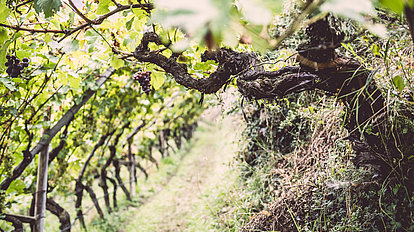
Steep slopes, high altitudes, ideal conditions
Winegrowing in Brixen and the surrounding area
Powerful, fresh and fruity with a lively acidity. This is what Eisacktal white wine tastes like. There is nut much red wine. Our grapes grow in loose, rocky moraine soil with Dolomite lime, slate and Brixen quartz phyllite scattered through it – all remnants of the last ice age, which formed our landscape. In autumn, the days are still warm, but we have very cold nights and there is already snow on the mountains. This means that the vines retain their acidity and the grapes develop an even more intense flavour.
of vineyards in the Eisacktal valley
Wine growing at altitudes of almost 1,000 m above sea level
Sylvaner is the top wine of Brixen
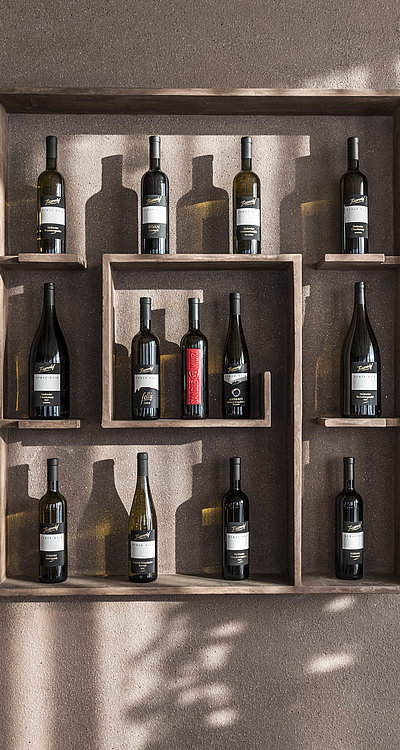
In the valley basin of Brixen, mainly white wines are cultivated - about 90 percent. The dominant wines are the Kerner, the Sylvaner and the Müller Thurgau. The local viticulturists and vintners developed ever greater expertise in dealing with wines that were almost exclusively pure varietals. Considering the extremely favorable climate and mineral-rich soil, it is no surprise that wines from the Eisacktal Valley are heavily favored with awards year after year.
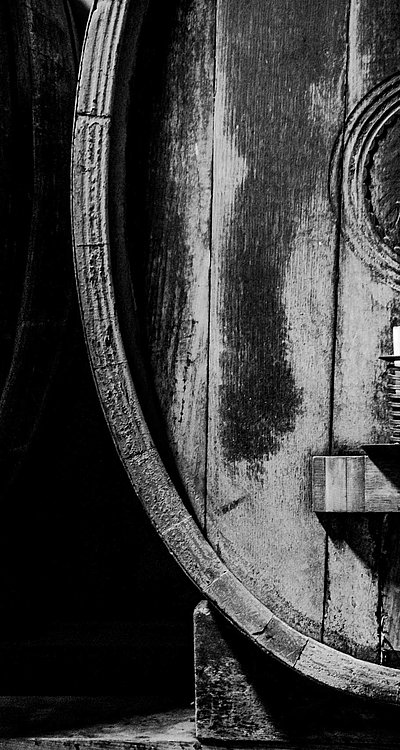
The origins of viniculture in Brixen
Die ersten Funde führen uns 2.500 Jahre in die Vergangenheit: Kerne, Schüsseln, einfaches Weinwerkzeug. Ab dem 8. Jahrhundert haben im Spannungsfeld zwischen Nord und Süd die Klöster – wie auch Neustift ab 1142 – eine entscheidende Rolle im hiesigen Weinbau gespielt. Hinter den dicken Mauern wurde für die Geistlichen, die Brixner und die Pilger eingekeltert. Die frühen Sorten hießen Furner oder Blatterle und schmeckten wohl ziemlich sauer. Irgendwann anfangs des 19. Jahrhunderts reisten die Bürgermeister von Brixen und der umliegenden Dörfer nach Wien, zum Erzherzog Johann, um dort um neue Sorten zu bitten. Die Bitte wurde erhört. Der Regent versorgte sie. Von da an ging es geschmacklich bergauf.
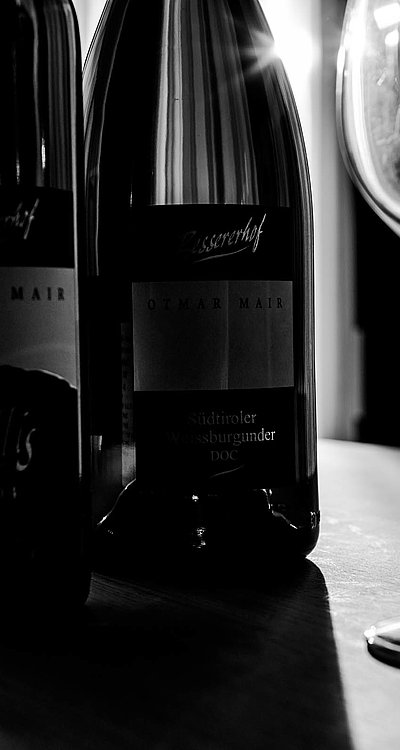
Every year, wines from the Eisacktal Valley receive numerous awards and mentions in renowned publications such as Bibenda, Antonio Galloni, Gambero Rosso, Vitae, L'Espresso, Luca Maroni, Robert Parker, Wine Enthusiast, Wine Spectator, Slow Wine, etc.
These awards attest to the ideal location of the Eisack Valley vineyards, but also to the great commitment of the local vintners and the use of modern winemaking technology, which gives our wines their character and typicality.




